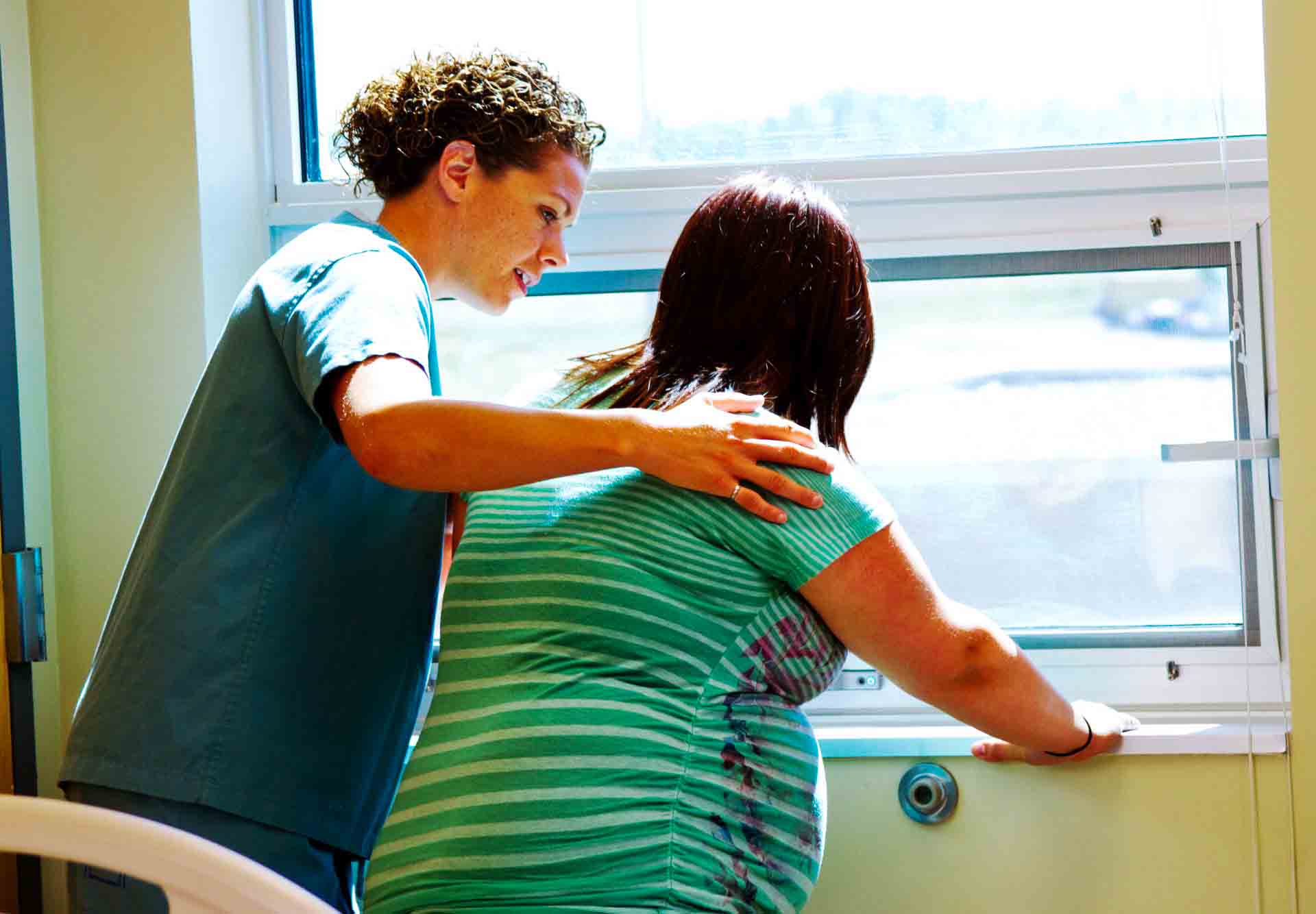Many expectant mothers often wonder about the pain associated with childbirth. If you’re preparing for childbirth, it’s important to know the difference between labor contractions and pushing. Understanding which of the two is more painful can help you better manage the pain during labor. So, what is more painful: labor contractions or pushing?
Pregnancy can be an exciting time for many first-time parents. Everything from a positive pregnancy test to the first signs of a bump can feel significant, because they are. So, while there is much to be enthusiastic about, there is also widespread concern about how painful childbirth will be. Since childbirth occurs in stages, you may naturally wonder if contractions or pushing are more painful.
In a poll by the American Society of Anesthesiologists, over fifty percent of parents between 18 and 39 reported that contractions were the most difficult aspect of labor and delivery. Yet, one in five reported that pushing and post-delivery were the most painful. The majority of respondents equated the worst discomfort to “severe menstrual cramps,” “terrible back pain,” and “a shattered bone.”
Since everyone’s tolerance and labor experience are different, here’s what you should know about the differences between contraction pain and pushing pain.
Many claims that contractions are worse than labor.
The most typical labor experience among birthing parents is that contractions are more excruciating than pushing. Active labor is typically more painful than pushing because it lasts longer, becomes progressively more severe, and includes more muscles, ligaments, organs, nerves, and skin surfaces.
Everything below the breasts and ribs contracts as tightly as possible during each contraction. Comparatively, pushing is typically much faster.
During pregnancy, the uterus is a strong, hollow muscle that houses the growing baby. When it’s time for labor to start, the uterus will start to contract, and as it does, the cervix will start to open up to about 10 centimeters, or the size of a cantaloupe. This makes room for the baby to move through the birth canal.
According to the American College of Obstetricians and Gynecologists (ACOG), contractions can feel like waves lasting 60 to 90 seconds. First-time parents can expect labor to last between 12 and 18 hours.
Natural childbirth.
Although labor and delivery can be very difficult, not all parents choose medical pain management. Pain management is still involved even if a parent declines medication-based pain reduction choices.
In the absence of an epidural or narcotics, most birthing parents score active-phase labor as a 10 on a scale of 1 to 10. Yet, with the pain management skills taught in childbirth education, laboring parents can significantly lower the intensity of their agony.
Many tried-and-true alternatives to drugs and epidurals for pain relief include:
- Breathing exercises
- Relaxation techniques.
- Massage.
- Hypnosis.
- Labor coach support or guidance from a birthing partner.
Many pain management solutions accessible don’t require pharmacological intervention. Discuss with your provider the options that best suit your needs.
Labor assisted with an epidural.
Epidurals have gained popularity in hospitals across the nation. Nonetheless, according to a report published by the JAMA Network, the statistical likelihood of being recommended for one varies significantly by state. For instance, 36% of delivering parents in Maine receive an epidural, but 80% of parents in Nevada do.
Anesthesiologists give epidurals by injecting a painkiller into the lower back. The epidural produces a numbing sensation to assist the rest of the body while contractions continue. It does not inhibit your ability to push; rather, it relieves you of the acute agony of contractions.
In some instances, epidurals can eliminate labor discomfort completely. Since everyone feels pain differently and anesthesia is an art and a science, there is no way to know for sure that an epidural would take away all labor pain for every person. If you choose an epidural, you should discuss the potential adverse effects with your healthcare provider.
Pushing May Feel Like Relief
When you are ready to push, and the baby is pressing into the delivery canal, most of the labor’s difficult effort is completed. The baby’s head may press on nerves that numb the pelvis and many women report feeling numbness prior to the “ring of fire” (when the baby’s head begins to emerge through the vaginal opening, a process known as “crowning”). Some have even compared the sensation to orgasm.
As a natural urge that can be given in to, pushing is often regarded as a release from active labor contractions. Many perceive it to be more active than passive. And after all those contractions, when the pain may have felt unrelenting or unending, pushing can finally give you the feeling that you can do something to deliver the baby.
The Magic of Birth Preparation
Because pain is largely subjective, no two parents-to-be will have identical experiences with contractions and pushing. Contractions may not be that bad for some, but for others, they may be the most excruciating sensation they’ve ever had.
Yet pain tolerance is not the only factor in a person’s delivery experience. For instance, the baby’s position during labor can have a significant impact on the pain levels of the birthing parent, as can problems and subsequent interventions.
Comparing the discomfort of labor contractions to that of pushing is a bit like comparing apples to oranges. Pain is frequently distinct and not necessarily better or worse.
Talking to your doctor or midwife is the best approach to address any thoughts or concerns you may have about the discomfort associated with contractions and pushing. Be careful to inquire about all available alternatives, such as workshops that teach breathing and relaxation techniques, the creation of a birth plan, and your stance on medication pain management.
Meaningful articles you might like: The Complete Guide To Lamaze Method, 5 Strategies For Inducing Labor At Home, Why You Should Consider Eating During Labor

